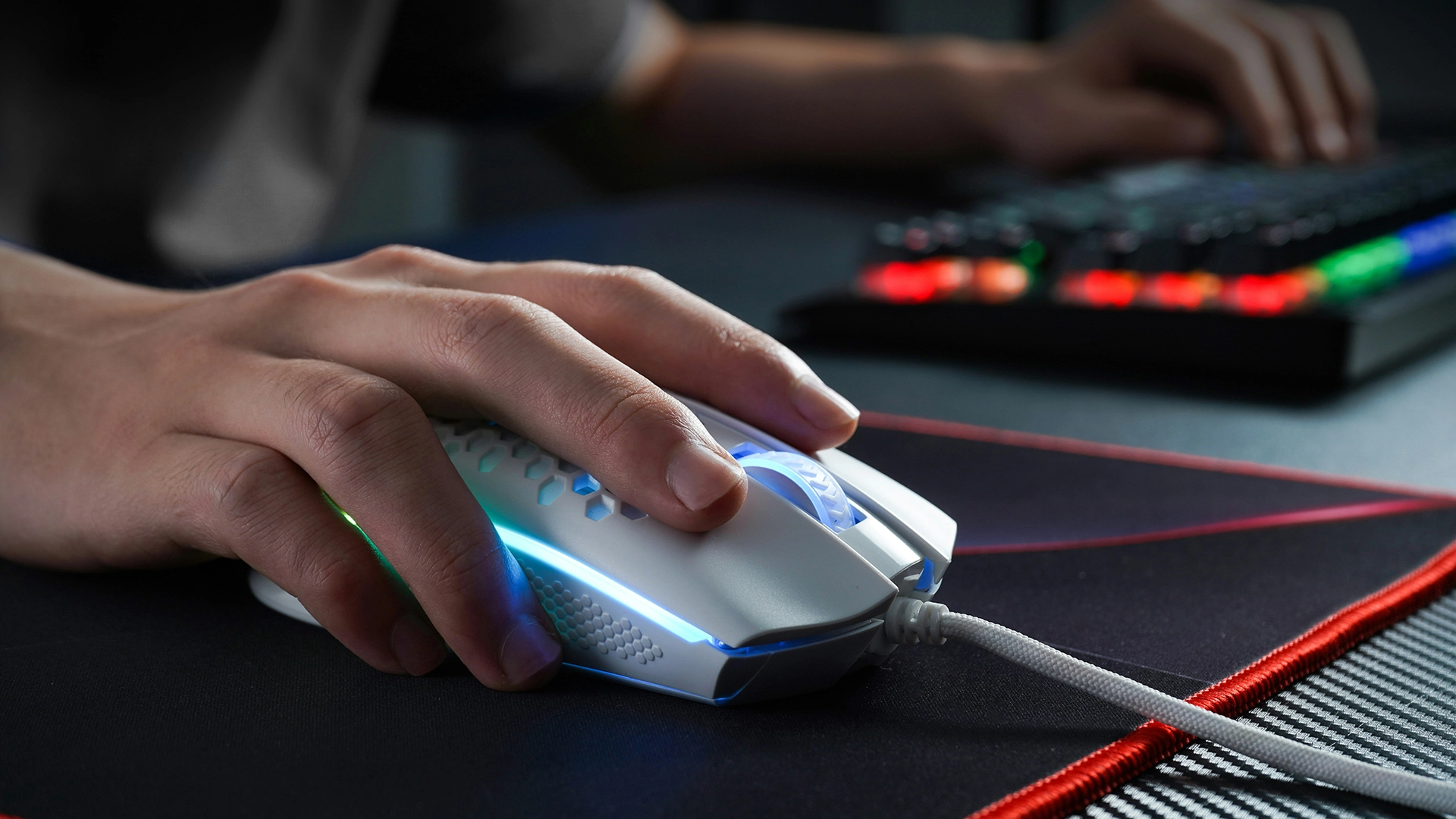
Image by Rebekah Yip, from Unsplash
Researchers Find Computer Mice Can Spy On Conversations
Researchers have uncovered a new cyber risk called “Mic-E-Mouse,” showing that everyday computer mice can record speech by detecting surface vibrations.
In a rush? Here are the quick facts:
- It uses optical sensors to capture desk vibrations and reconstruct speech.
- The attack reached 80% speaker recognition accuracy in tests.
- Even cheap mice under $50 are vulnerable to this spying method.
A new study titled has revealed a startling security risk—modern computer mice can be exploited to secretly record conversations. Researchers found that high-performance optical sensors used in consumer-grade mice can pick up sound vibrations from a desk surface and turn them into intelligible audio.
According to the study, “Attackers can exploit these sensors’ ever-increasing polling rate and sensitivity to emulate a makeshift microphone and covertly eavesdrop on unsuspecting users.” The technique, called Mic-E-Mouse, uses signal processing and machine learning to reconstruct speech from the faint vibrations detected by the mouse’s optical sensor.
The researchers tested Mic-E-Mouse using popular datasets like VCTK and AudioMNIST, achieving an SI-SNR increase of +19 dB, 80% speaker recognition accuracy, and a word error rate (WER) of 16.79%. These results suggest that even basic mice priced under $50 could be repurposed for audio spying.
“With only a vulnerable mouse, and a victim’s computer running compromised or even benign software, we show that it is possible to collect mouse packet data and extract audio waveforms,” the authors explained.
The data collection process is “invisible to the average user,” allowing attackers to record without raising suspicion.
The research warns that video games and creative software are ideal delivery vehicles for such exploits, as they naturally collect high-frequency mouse data and include networking functions that can exfiltrate the information unnoticed.
Ultimately, the team concludes that “auditory surveillance through high-performance optical sensors is now possible, effective, and performant.”
As optical sensor technology continues to improve, they warn that this unexpected form of spying could become more accessible and widespread—turning an ordinary computer mouse into an unlikely eavesdropping device.


 Previous Story
Previous Story

 Latest articles
Latest articles 